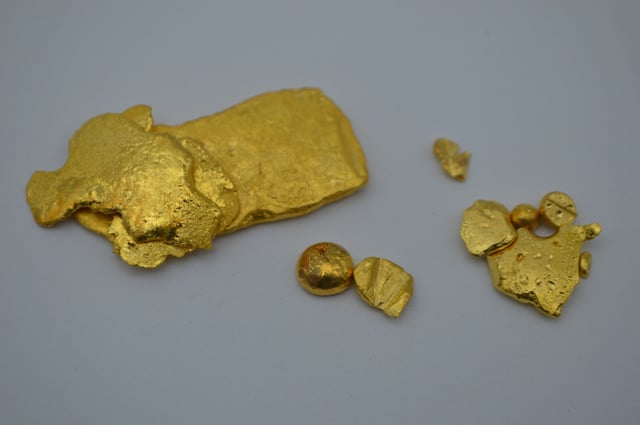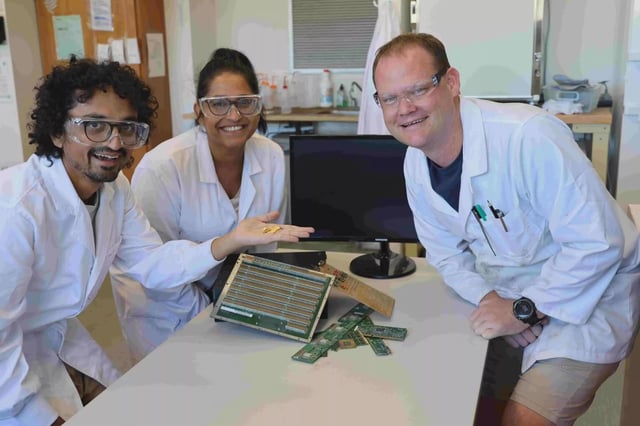Overview
- The Flinders University method employs trichloroisocyanuric acid activated by salt water as a benign leaching agent to dissolve gold from both ore and electronic components.
- Dissolved gold is selectively captured by a novel sulfur-rich polymer that can revert to its monomer form to release gold and allow polymer recycling.
- Published in Nature Sustainability, the technique has proven effective on printed circuit boards, mixed-metal waste and ore concentrates, yielding high-purity gold without cyanide or mercury.
- The research team has partnered with mining and e-waste recycling operations to trial the process at larger scale and support small-scale miners who currently rely on toxic mercury.
- The innovation addresses the UN’s estimate of 62 million tonnes of e-waste generated in 2022 by turning discarded electronics into a sustainable source of gold.



